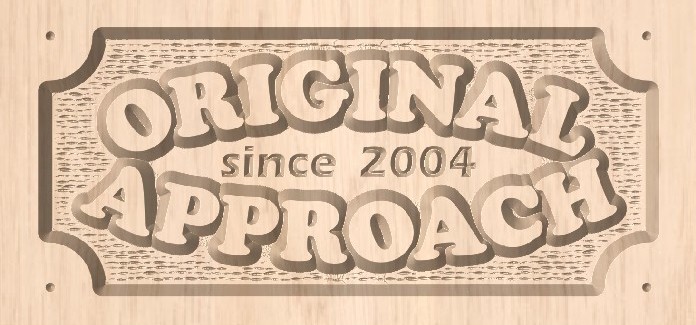|
Uses:
What possibly could be the uses for a purple-coloured wood? Billiard cue butts, gym equipment and chemical vats, to name a few. This wood has a wide variety of craft uses from the practical to the sublime. It is sliced for decorative veneers and used in cabinetry and furniture, sculpture, turnery and marquetry and has a variety of specialty uses that includes diving boards, skis or filter press frames. It is also used to make parquet and traditional flooring, tool handles and for shipbuilding. Your imagination is the only limitation.
The Tree: Leguminosae Family
Includes 20 species of Peltogyne, has been called amaranth, violetwood, tananeo and saka depending on what country you are visiting. Found in Central and South America, this exotic wood is a worldwide favorite. Tall and large trees grow abundantly, sometimes reaching a diameter of five feet with clear knot free log lengths typical. We have customers that own a saw mill in Mexico, and tell us that their neighbours frequently use it for exterior steps because it is very resistant to attack by fungi and dry-wood termites
Wood Description:
Purpleheart has a creamy white/gray sapwood but like its name suggests, the heartwood is a bright, striking purple when freshly cut, darkening into a deeper purple with age. It has a medium to fine texture with a luster that ranges from medium to high; its grain is usually straight but can be wavy or irregular. Purpleheart has high bending and crushing strength and stiffness with medium resistance to shock loads. A great feature when used as truck decking.
Weight: 50-70 lbs/cuft.: a very broad range of weight depending on origin of lumber.
Finishing:
Some finishing materials will dull the purple colour of the wood, but generally it is very easy to finish. Using a coat of Armorall under your lacquer has been found to help in retaining its beautiful purple colour. It waxes to a wonderful sheen.
Machining:
Purpleheart has a moderate to severe blunting effect on tools; sharp, high speed steel knives therefore are recommended as are 15 degree cutting angles. It can be somewhat difficult to work with using either hand or machine tools. Some wood seems to be relatively soft textured and easy to cut and other wood has been so hard it burns all your tools, so there is a high degree of variability in cutting characteristics, depending on the piece of wood. Watch carefully the grain direction on planing any wood that shows an interlocking grain. It has a habit of tearing out. It is rated moderate for steam bending. Pre-boring is always recommended for nailing. It does rate highly for turnery though and with sharp chisels can come to a beautiful sheen. Watch for burning while routing as it is common and difficult to remove the marks after the fact.
|




